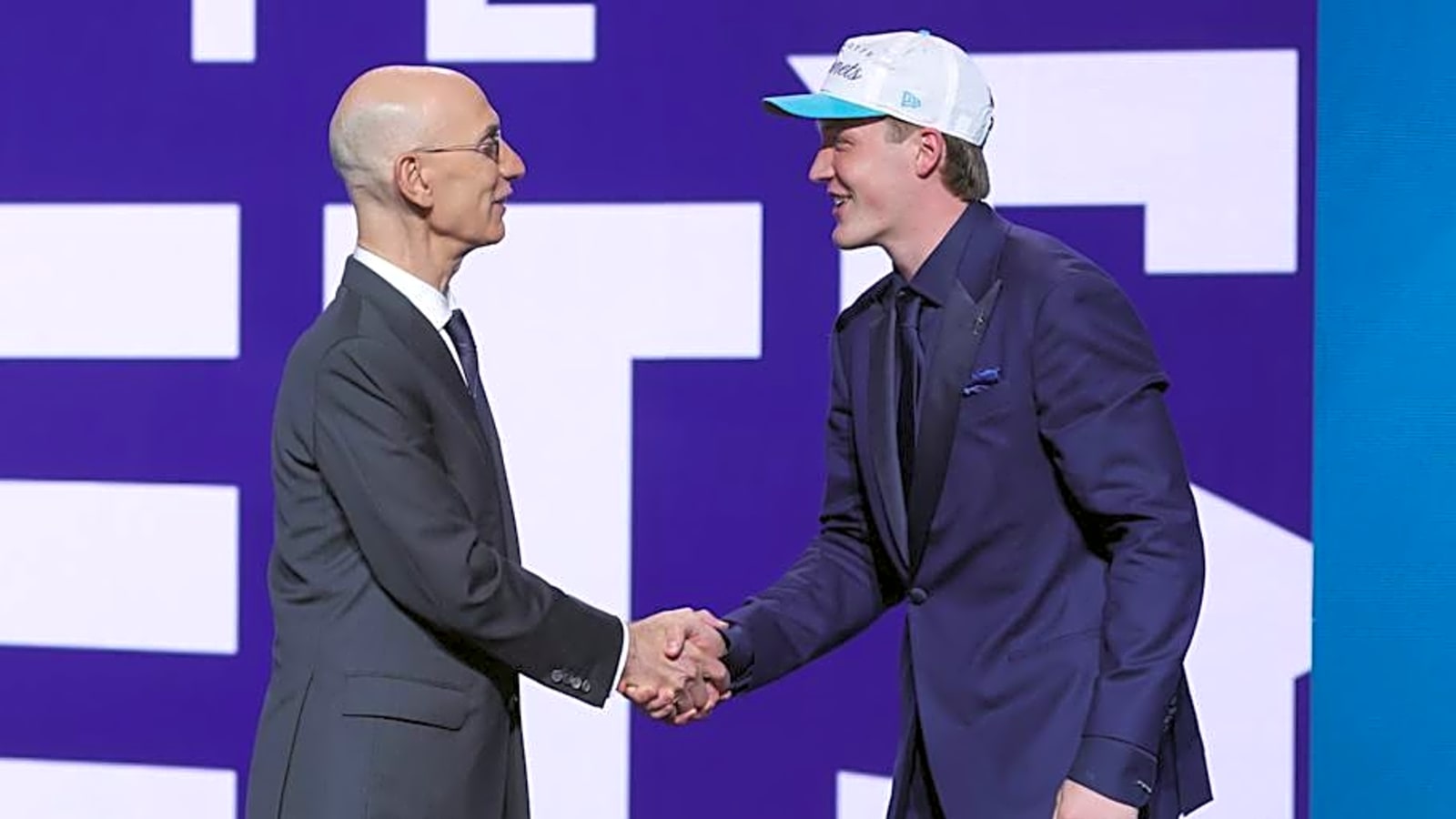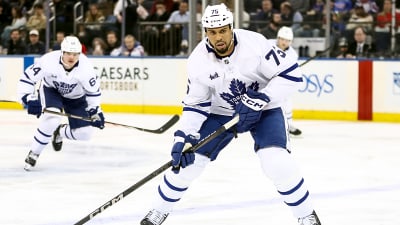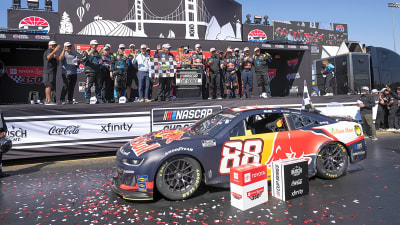
President of Basketball Operations Jeff Peterson and the Charlotte Hornets are coming off a strong offseason — one that added both young talent and valuable draft capital to an already promising core. There’s no doubt — the Hornets are rebuilding.
At least, that’s how Peterson sees it. And his early moves since taking over basketball operations make that crystal clear.
Over the next several years, Charlotte is positioned to be absolutely loaded with draft picks. The organization is taking a patient, long-term approach to roster construction — one that mirrors what the Oklahoma City Thunder have done by stockpiling picks and betting big on player development.
Even in this year’s draft, the Hornets stayed true to that philosophy. They added four players — Kon Knueppel, Liam McNeeley, Sion James, and Ryan Kalkbrenner — all on standard NBA contracts. Knueppel and McNeeley were high-upside gets early in the draft, while James and Kalkbrenner, both second-rounders, are expected to contribute right away.
That’s the plan moving forward: draft well, develop internally, and use extra draft capital as needed in the trade market. It’s a sound, modern-day approach to building a sustainable contender.
So just how much draft capital do the Hornets actually have? Let’s break it down.
2026
1st Round: Swap rights involving PHX, WAS, ORL, or MEM. Washington will get the better of its own pick (protected 9–30) or Phoenix’s.
2nd Round: Via Denver or Golden State (no protections).
2027
1st Round: Own pick, 1st Round: Via Miami (protected 1–14), 1st Round: Via Dallas (protected 1–2),
2nd Round: Via Portland or New Orleans (no protections).
2028
1st Round: Own pick.
2nd Round: Swap rights with L.A. Clippers (no protections).
2029
1st Round: Own pick.
1st Round: Via Utah, Cleveland, or Minnesota. Utah receives the two most favorable picks among its own, Cleveland’s, and Minnesota’s (MIN protected 1–5). Charlotte gets the least favorable. If the MIN pick falls in its protected range, Utah gets MIN’s 2029 2nd-rounder instead.
2nd Round: Own pick and another via Denver.
2030
1st Round: Own pick.
2nd Round: Own pick and another via Utah or L.A. Clippers (no protections).
2031
1st Round: Own pick.
2nd Round: Five picks — own, plus one each from Denver, Milwaukee, New York, and Phoenix (all unprotected).
2032
1st Round: Own pick.
2nd Round: Own pick and one via Milwaukee.
That’s more than 20 picks across the next seven drafts — including nine first-rounders and a deep collection of second-rounders, many of them completely unprotected.
It’s clear how Peterson and the Hornets plan to win. Not overnight. Not through a single splashy trade. But by building smart, developing talent, and keeping their options open.
Whether they cash in those picks to move up in the draft, acquire veteran talent, or simply keep developing from within — Charlotte is in control of its future.
And in today’s NBA, that kind of flexibility is everything.
- MORE STORIES FROM HORNETS ON SI -
Why this rumored Hornets target would not fit with the current roster
Big East Grit Helped Liam McNeeley Transition Smoothly to NBA Summer League Play
KJ Simpson Drops 21 and Reveals How Kemba Walker Has Helped Unlock His Game
Hornets assistant offers early thoughts on first-round pick Liam McNeeley
More must-reads:
- Mavericks center Dereck Lively II reportedly undergoes foot surgery
- Former two-time All-Star seeking NBA comeback
- The 'Most points in a game by NBA team in 2024-25' quiz
Breaking News
Trending News
Customize Your Newsletter
 +
+
Get the latest news and rumors, customized to your favorite sports and teams. Emailed daily. Always free!








